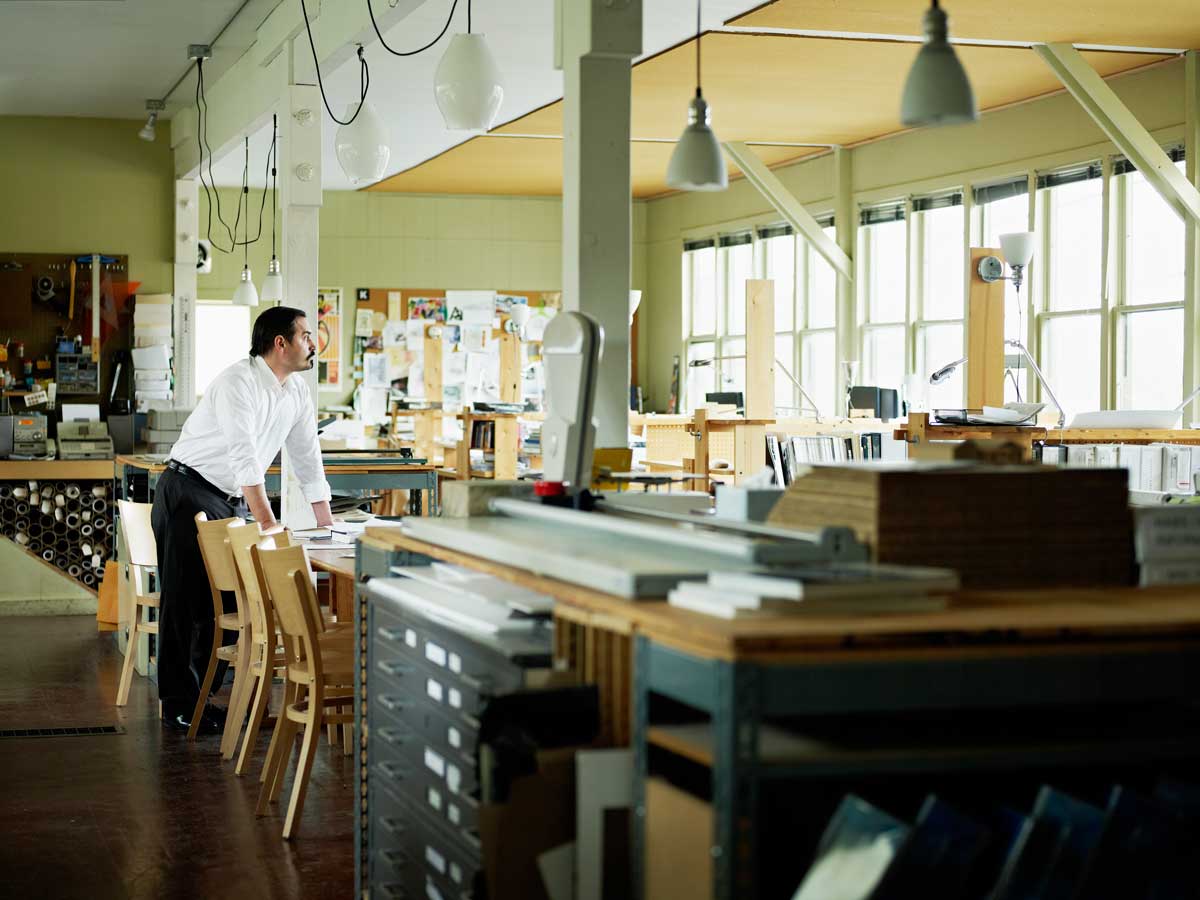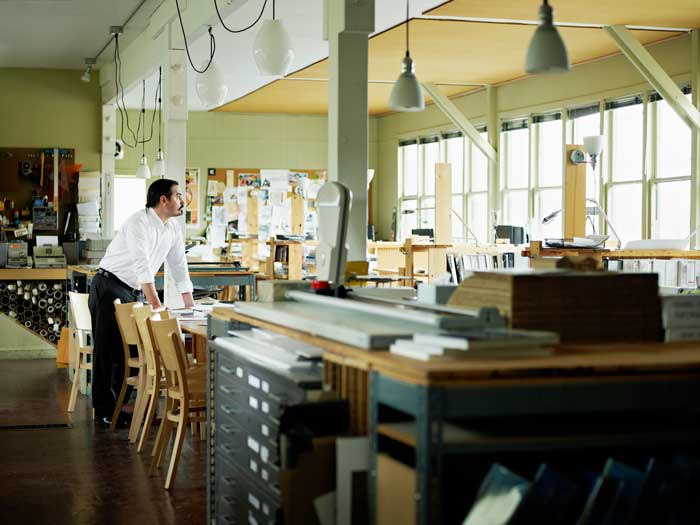
Are office spaces destined to become a thing of the past?
 Post-pandemic, organizations will have to find ways to preserve the best of both the physical and the virtual workplace, experts say (Getty Images/Thomas Barwick)
Post-pandemic, organizations will have to find ways to preserve the best of both the physical and the virtual workplace, experts say (Getty Images/Thomas Barwick)
In mid-March, millions of Canadians were forced out of their offices and into telework without warning. Now, as organizations are gradually reopening, employees are having mixed feelings about returning to their workplaces.
A survey conducted in June by Gensler, one of the world’s largest architecture firms, indicated that 30 per cent of respondents preferred to work from home most of the time from now on, but close to 70 per cent would go back to the office three to five days a week.
“People are realizing how important the office is, now that they no longer have one,” says Rosanne Dubé, senior associate at Gensler in Montréal. “They miss collaborating and socializing with their colleagues, not to mention all that they learn from informal discussions. With telework, everything is scheduled, and our conversations just don’t achieve the same depth.”
A DELICATE BALANCE
While video chat and collaborative tools are useful, including for online networking, they’re not enough. “Younger employees, such as millennials, require mentorship, which is much more challenging virtually,” explains Dubé. Indeed, 36 per cent of Gen Y and Gen Z workers find telecommuting stressful, and 50 per cent think it’s harder to avoid distractions at home than at the office.
At the other end of the spectrum, more experienced employees who work in business development or manage customer relationships need face-to-face contact. “In short, anything that is social in nature is harder to accomplish remotely,” she adds.
“Companies have work to do on office space design,” says Dubé. “When employees come into the office, the goal is for them to collaborate, to meet, even if they can’t all do it at the same time.” In other words, in spite of all the current health and safety measures to keep employees physically distanced, workplaces should bring them together.
But, how do you coax employees still wary of being in shared spaces to head back to work? “We need to turn their fear into confidence, their reluctance into enthusiasm,” says FCPA Anne-Marie Hubert, East Leader at EY Canada. “This crisis we’re living through, this catastrophe, has to be a catalyst for innovation in all its forms.
“If employees have to be at the office, say, two days a week, it should be an exciting experience, something to look forward to, even if this means doing something to make the workplace more interesting, such as planning an outing or a cultural tour with colleagues.”
PLANNING FOR THE FUTURE
The idea, says Hubert, is not to spend more but to do so wisely—for example on an improved employee assistance program, wellness sessions and so on—and preserve the best of both the physical and the virtual workplace. To fill the gap, she says, “we need to invest in developing skills and competencies, as well as in technology.”
“Some excellent training programs were already available, but people didn’t have time for them,” continues Hubert. Now, because of working from home, there’s a rush for the online versions, which are much cheaper for companies since accommodation and travel expenses are eliminated.
Similarly, Hubert expects that organizations will enjoy cost savings as many employees continue to work remotely. “Since we’ll probably be spending less time at the office, more financial, human and other resources can be deployed to achieve significant productivity gains,” she says.
However, will this lead to a drop in office-space occupancy? According to Dubé, while most businesses have not made any decisions in this regard, many are wondering what they should do when their leases expire. For example, a 20 per cent reduction in occupied square footage at First Canadian Place in Toronto, where 10,000 people work every day, would leave 14 floors vacant. At Place Ville-Marie in Montréal, that would equate to 10 floors being empty.
“But the office is not dead. Far from it!” says Dubé. “Clearly, it continues to be an environment conducive to innovation and accomplishment. What’s more, humans are social animals. We just need to find new ways to be together.”
One thing is certain, employers managing employees on site and at home will have to ensure consistency to cultivate company culture and a sense of belonging. Hubert is proud that EY got a head start a few years ago.
“Businesses should foster a culture based on performance, not attendance,” she says. “By taking care of their employees, their customers and the planet, they’ll meet investors’ return expectations. We need to make the best of this crisis and tackle these societal challenges together, while improving people’s quality of life. Doing so comes at a cost, of course, and will require investment, but the results will be well worth it.”
DOING BUSINESS DURING COVID-19
Find out how to keep your business agile during this pandemic. For those working remotely, learn how to boost your productivity and lead a team effectively while you’re all hunkered down at home. Also, here’s what your office might look like once you return, and here are some best practices to consider for reopening your business. If you’ve lost your job, these tips will help you make it through to the other side of COVID-19.